|
|
Кацусика Хокусай. Тридцать шесть видов Фудзи: № 40. Равнина Фудзимигахара в провинции Овари
Katsushika Hokusai. Fujimigahara in Owari Province, from the series Thirty-six Views of Mount Fuji
冨嶽三十六景 尾州不二見原Fujimigahara in Owari Province (Bishū Fujimigahara), from the series Thirty-six Views of Mount Fuji (Fugaku sanjūrokkei)Artist: Katsushika Hokusai (1760–1849)Period: Edo period (1615–1868)Date: ca. 1830–32
By framing Fuji and the cooper in the interior of the barrel and by casting the cooper's body in the same triangular form as that of Fuji beyond, Hokusai effects an intimate dialogue between the haggard man and the iconic mountain. This one-to-one relationship makes not only for a strong visual analogy between mountain and man but also for a potent iconographical one. The juxtaposition of the cooper and Fuji lends a religious overtone to the man's honest labor and existence. (The Metropolitan Museum of Art)
Hokusai searched the environment for subjects that would produce an unusual effect when combined with the image of Mount Fuji. In this print, he takes us to Owari (present-day Aichi Prefecture), which is one of the western most locations from which Mount Fuji is visible. Having come all this way, Hokusai puts the mountain, now greatly diminished in size by distance, in the center of a great circular frame formed by the walls of a huge barrel being constructed by a cooper. Thus, the great symbol of eternity is amusingly reduced to a tiny triangle set within a large bottomless barrel. (The Metropolitan Museum of Art)
Katsushika Hokusai. Fujimigahara in Owari Province, from the series Thirty-six Views of Mount Fuji
This print is best known for its bold, interesting composition that uses simple geometric forms. In the foreground, a huge tub is being made; inside it, a man works intently at sealing its seams. A tiny Fuji appears in the far distance, framed in the circle of the tub and across a plain of rice fields. Setting aside his usual interest in minute details, Hokusai here composes a design with only a few elements: bushes, a tree, the gigantic tub, the cooper with his tool box, saw, and hammers. The tub’s circle is repeated by the circular split-bamboo strips for hoops, lying on the ground. The small triangle of Mount Fuji provides a contrast in shape and size. Rows of rectangular rice fields connect the two. Though blue, greens, and gray are used, the yellow-green smoothly applied in the foreground dominates. The key-block was printed in blue. Geography was not one of Hokusai’s keen interests. It has been pointed out that Bishü, in present-day Owari province, some 150 miles west of Fuji, does not offer a view of the mountain. Hokusai paid no attention to this matter in his title for this wonderfully innovative print, which does not show any identifiable topographical features (Kondö 1966, no.10). (The Asian Art Museum of San Francisco, HOKUSAI AND HIROSHIGE – Great Japanese Prints from the James A. Michener Collection, Honolulu Academy of Arts: The Asian Art Museum of San Francisco, 1998 Page 64. Cat. 15)
Despite Hokusai’s use of the name “Fuji-view Fields,” Owari Province (in the western part of modern Aichi Prefecture) is approximately 150 miles away from Mount Fuji, and there is no view of the volcano from this remote location. Hokusai’s inclusion of this province in the Thirty-six Views of Mount Fuji is therefore a mystery. As early as 1812, Hokusai published a painting manual advocating the use of basic geometric shapes as a foundation for artistic compositions. This print, with its bold circular barrel in the center, rectangular fields, and triangular Mount Fuji just visible in the distance, is an excellent example of the technique. While Hokusai was probably aware of Western compositional principles from sources such as Kömö Zatsuwa (Things in the West) published by the late Edo novelist Morishima Chüryö, he also foreshadowed many developments in nineteenth century European art, and Hokusai’s emphasis of geometric forms resembles ideas proposed by later artists such as the post-Impressionist Paul Cézanne (1839-1906). “Hokusai’s Summit: Thirty-six Views of Mount Fuji” (09/24/2009-01/06/2010)
Katsushika Hokusai. Fujimigahara in Owari Province, from the series Thirty-six Views of Mount Fuji
Равнина Фудзимигахара в провинции Овари
Отличительной особенностью всей серии является то, что Хокусай пытается по-новому взглянуть на тему изображения Фудзи. Он как бы сопоставляет образ священной горы с ее окружением, вводит бытовые сюжеты, чем только подчеркивает величественность и монументальность природы, находящейся в нерасторжимом единстве с жизнью человека, с миром его повседневных событий. Философский контекст гравюр этой серии основывается на сравнении вечности и быстротечности человеческой жизни. Подобное сопоставление священного и бытового мы находим в данном знаменитом листе серии «Равнина Фудзимигахара в провинции Овари». Здесь изображение Фудзи предстает в обрамлении огромной бочки. Размеренный, повседневный труд бочара, а за ним, вдалеке, величественные контуры Фудзи. Фигура, помешенная в центр бочки, создает впечатление движения по кругу, аллегорического круговорота вещей в природе, традиционного циклического восприятия времени и природы. Пространство листа глубокое, с элементами линейной перспективы. Хокусай выстраивает его таким образом, что на переднем плане — изображение бочара, на среднем — рисовые поля, залитые водой, а на дальнем — вид Фудзи. Причем своеобразным «окуляром» являются контуры бочки, концентрирующей взгляд зрителя на вулкане Фудзи. Возможно, что на подобный уникальный композиционный прием натолкнула Хокусая серия суримоно его ученика Тоёта Хоккэя (1780—1850), под названием «Записки путешествия на Эносиму» («Эносима кико»), выполненная им в 1821 году. Таким образом, изображение маленькой Фудзи оказывается вписанным внутрь большого круга. Маленький треугольник горы и круг бочки, идея такого контраста геометрических фигур, пожалуй, стала интересной находкой Хокусая. Известно, что равнина Фудзимигахара, что означает «равнина с видом на Фудзи», которая изображена на этой гравюре, соответствует современному району Фудзимигахара в центре города Нагоя. Получив официальное разрешение от влиятельных даймё, Токугава Мунэхару в 19 году эры Кёхо (1732 год) открыл здесь квартал публичных домов. Западная дорога построена в том же году, одновременно с кварталом публичных домов Кадзуратё. Возможно, Хокусаю пришлось путешествовать по ней.
Katsushika Hokusai. Fujimigahara in Owari Province, from the series Thirty-six Views of Mount Fuji
Все 46 гравюр серии «Тридцать шесть видов Фудзи» | Thirty-six Views of Mount Fuji | 富嶽三十六景 | Fugaku Sanjūrokkei
4 сентября 2023, 13:40
0 комментариев
|
Партнёры
|

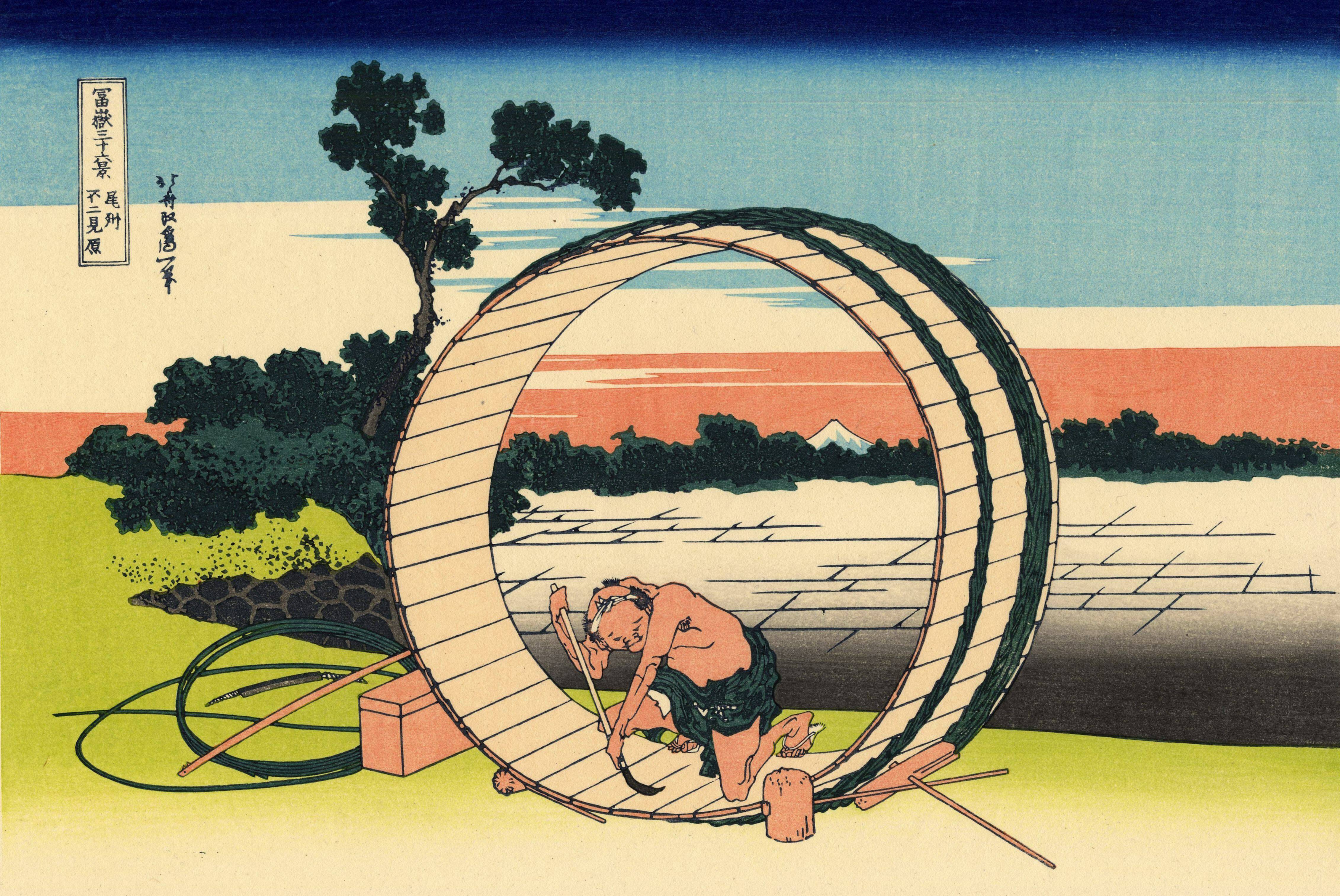
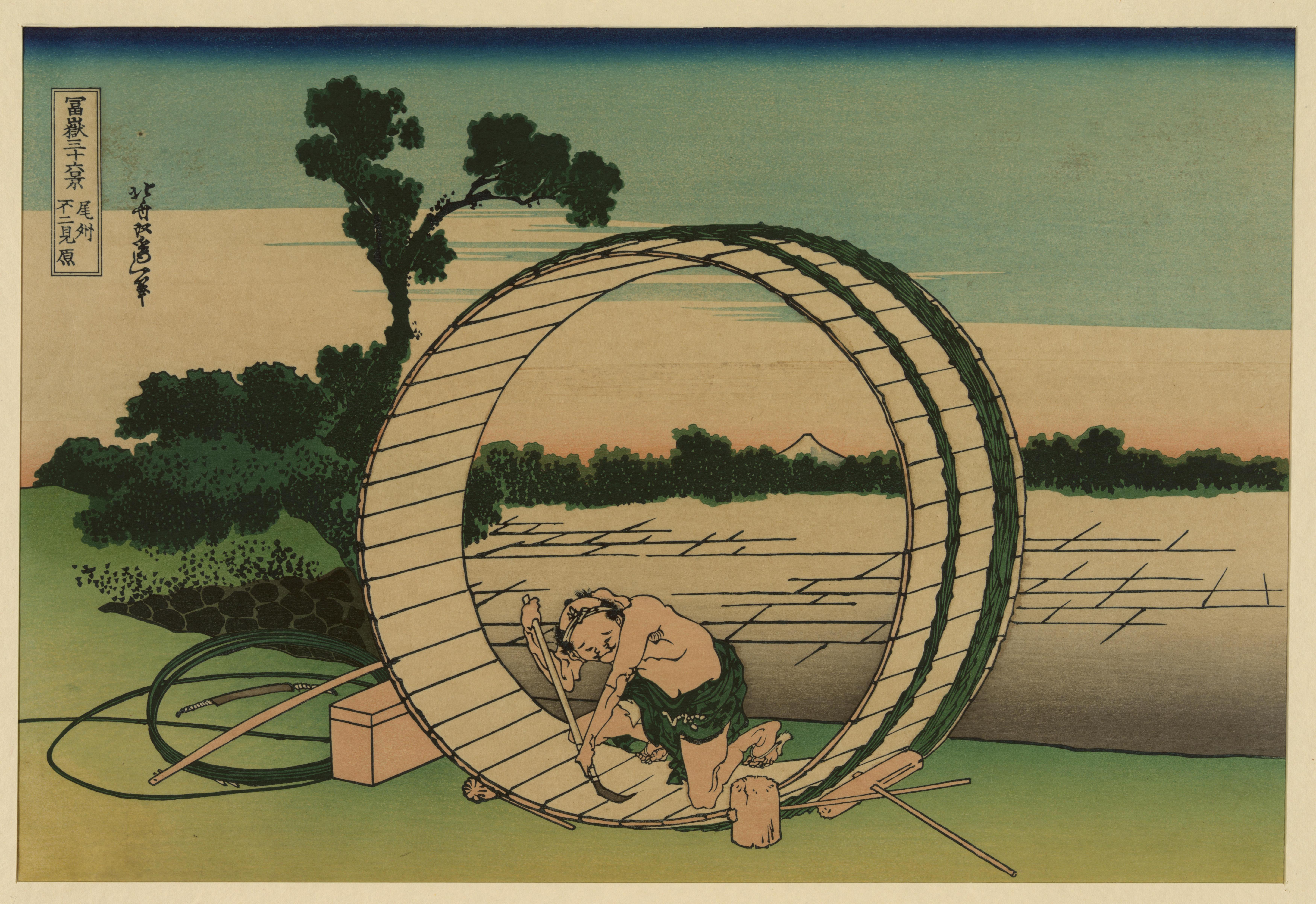
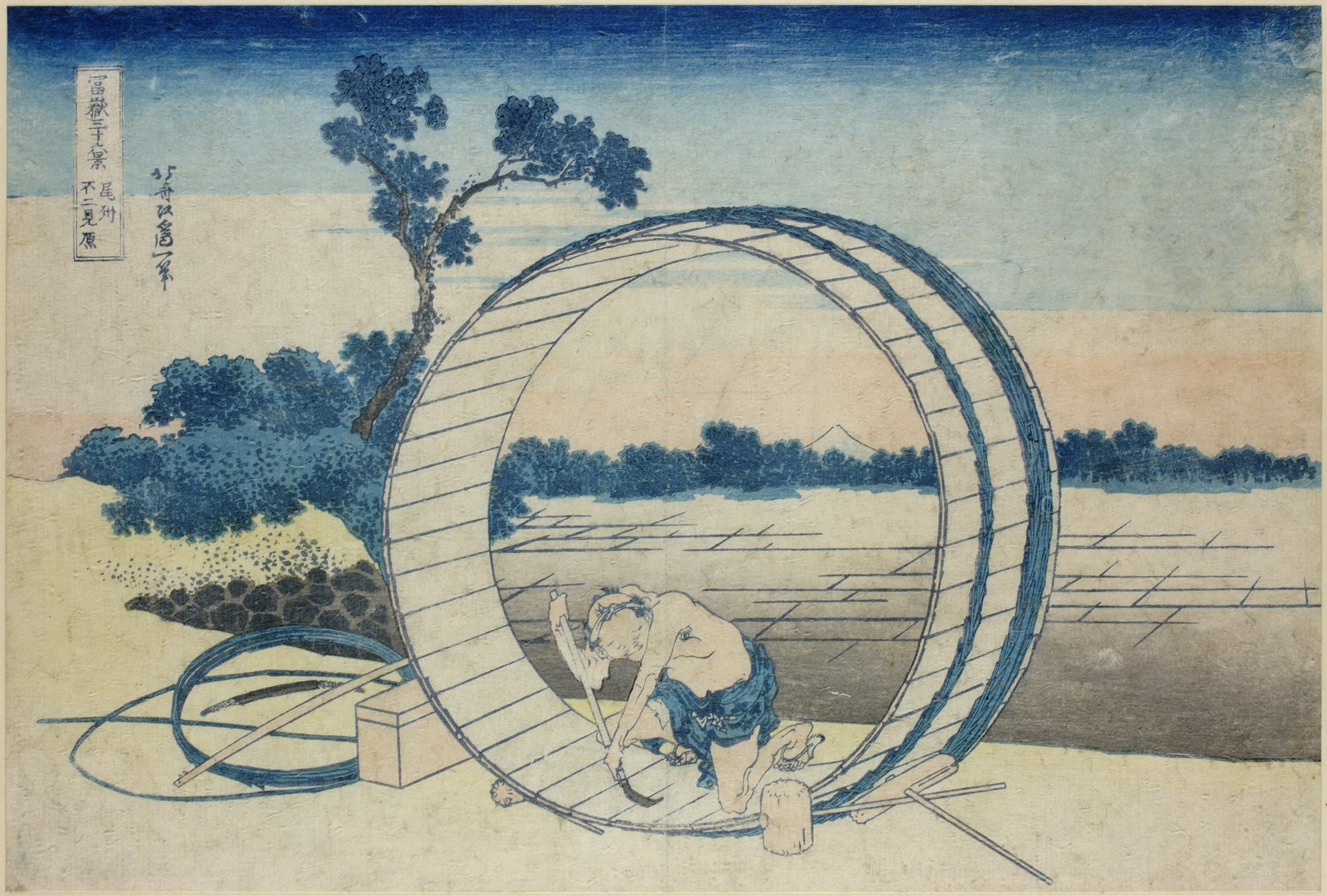
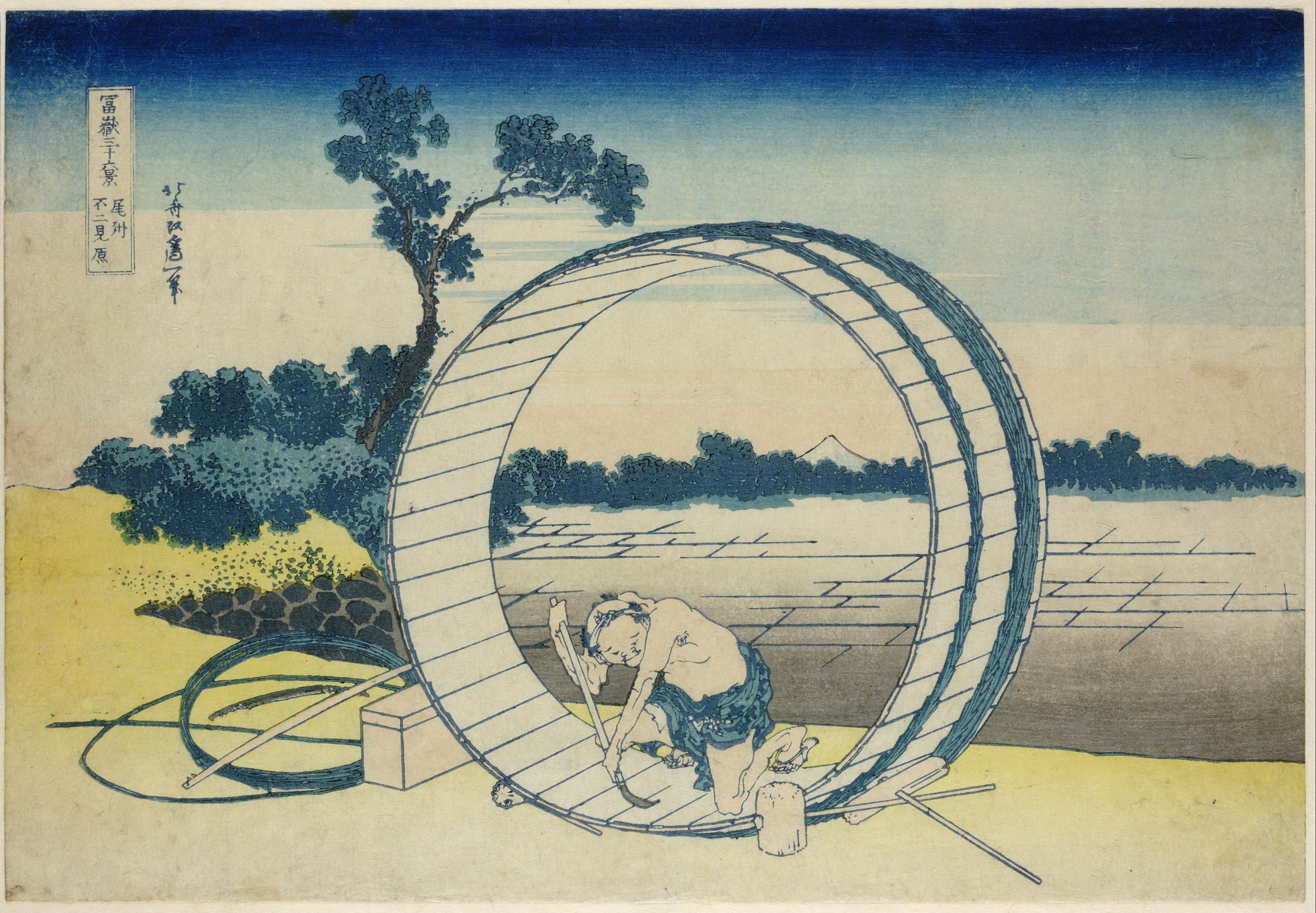
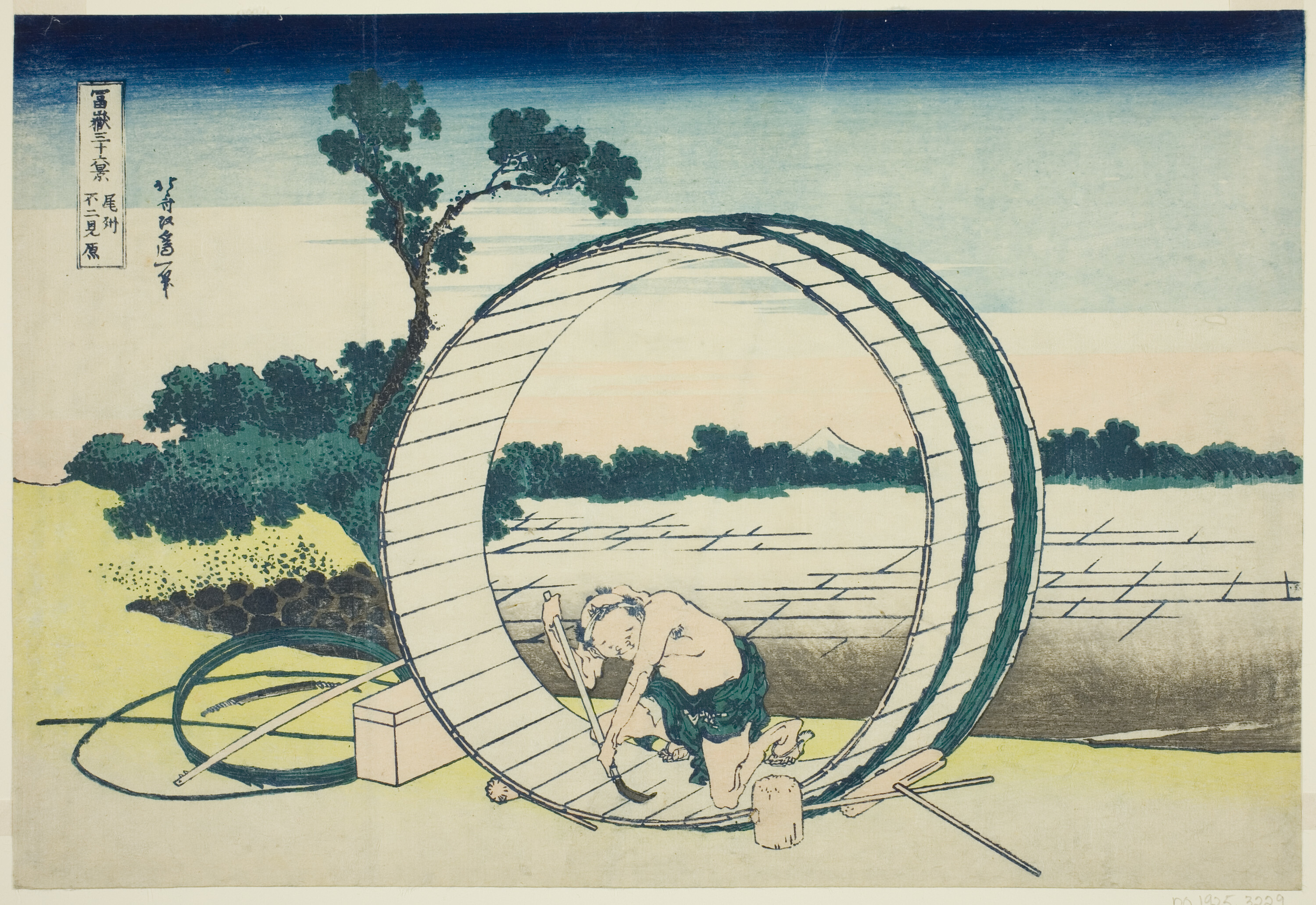
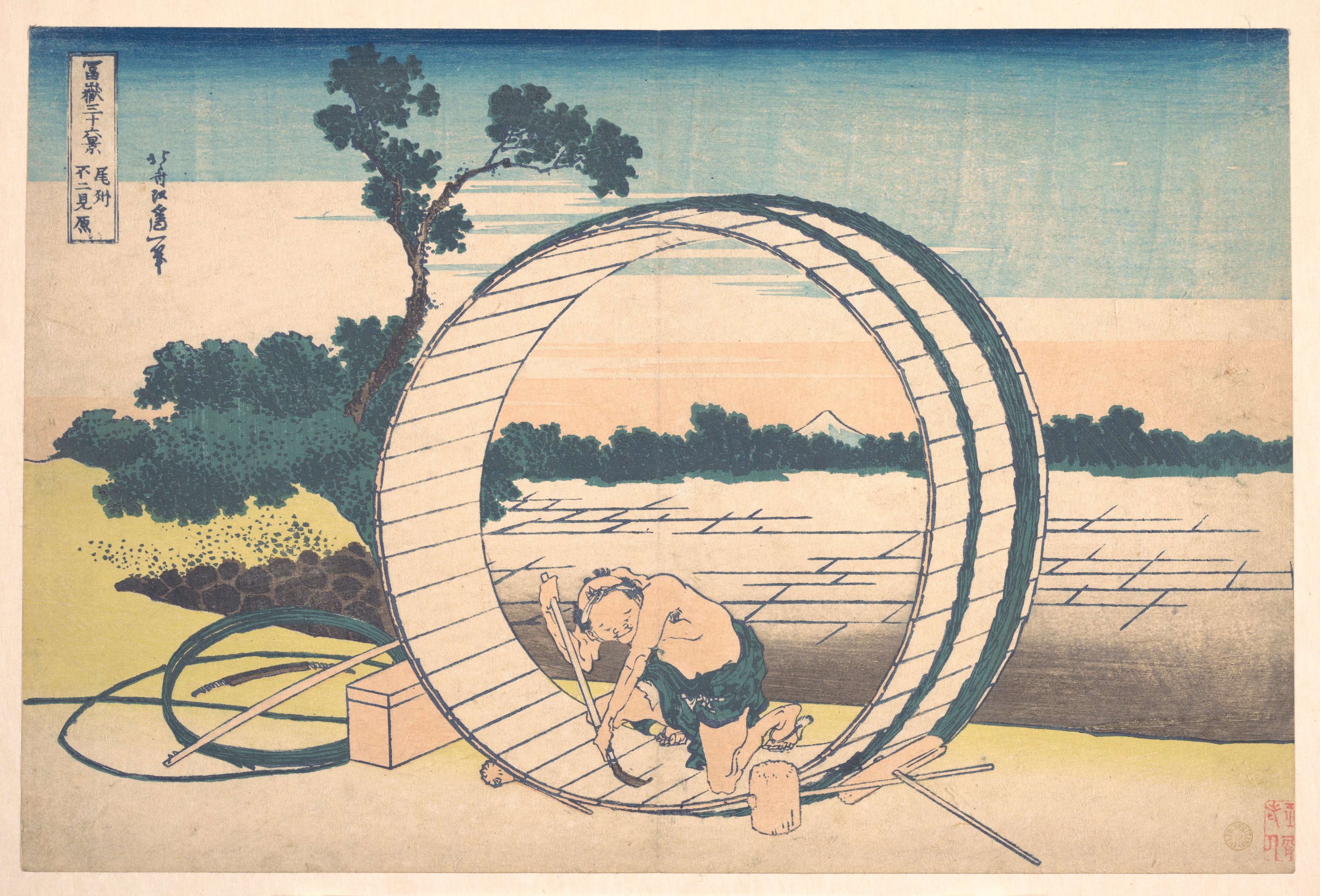
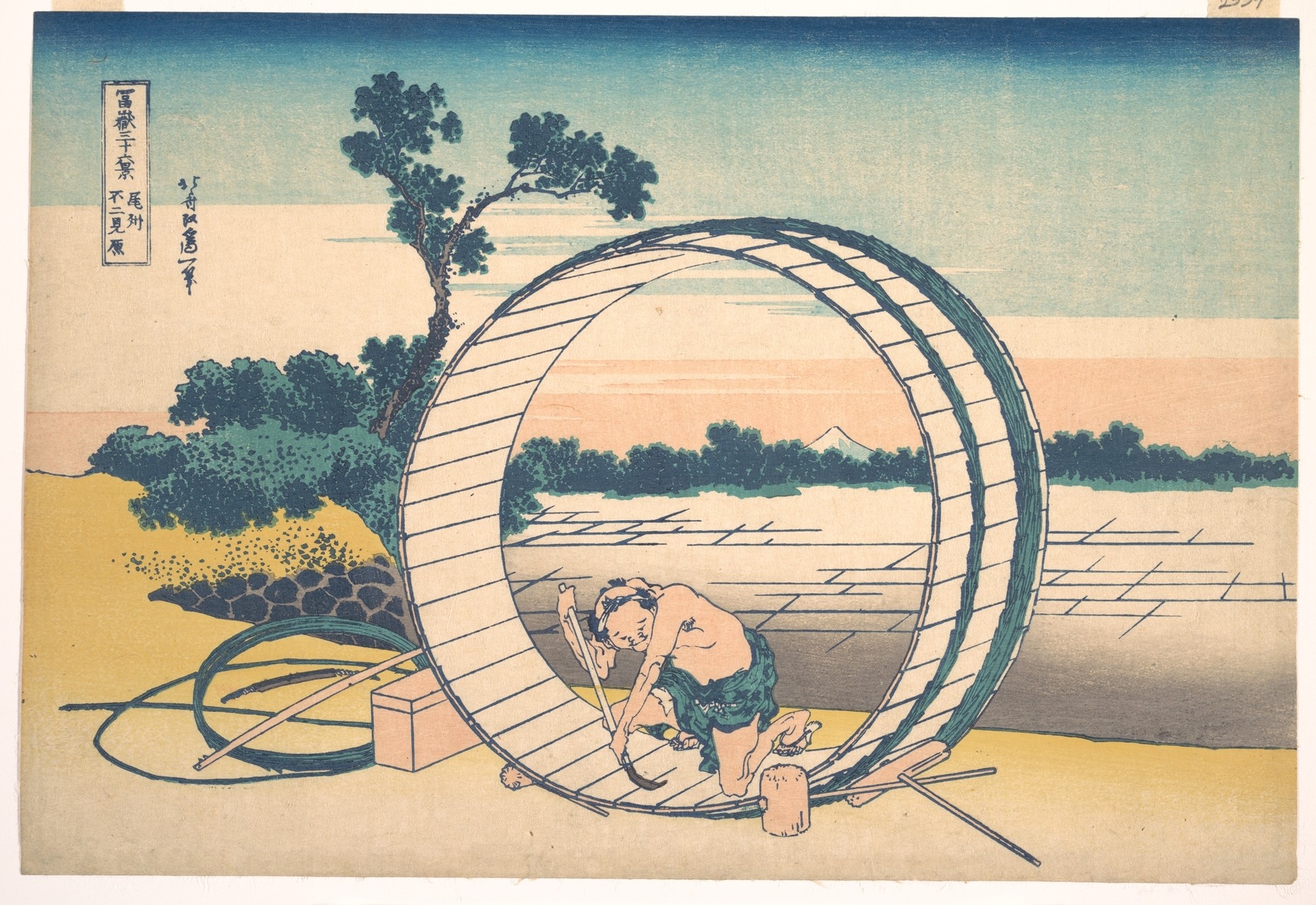
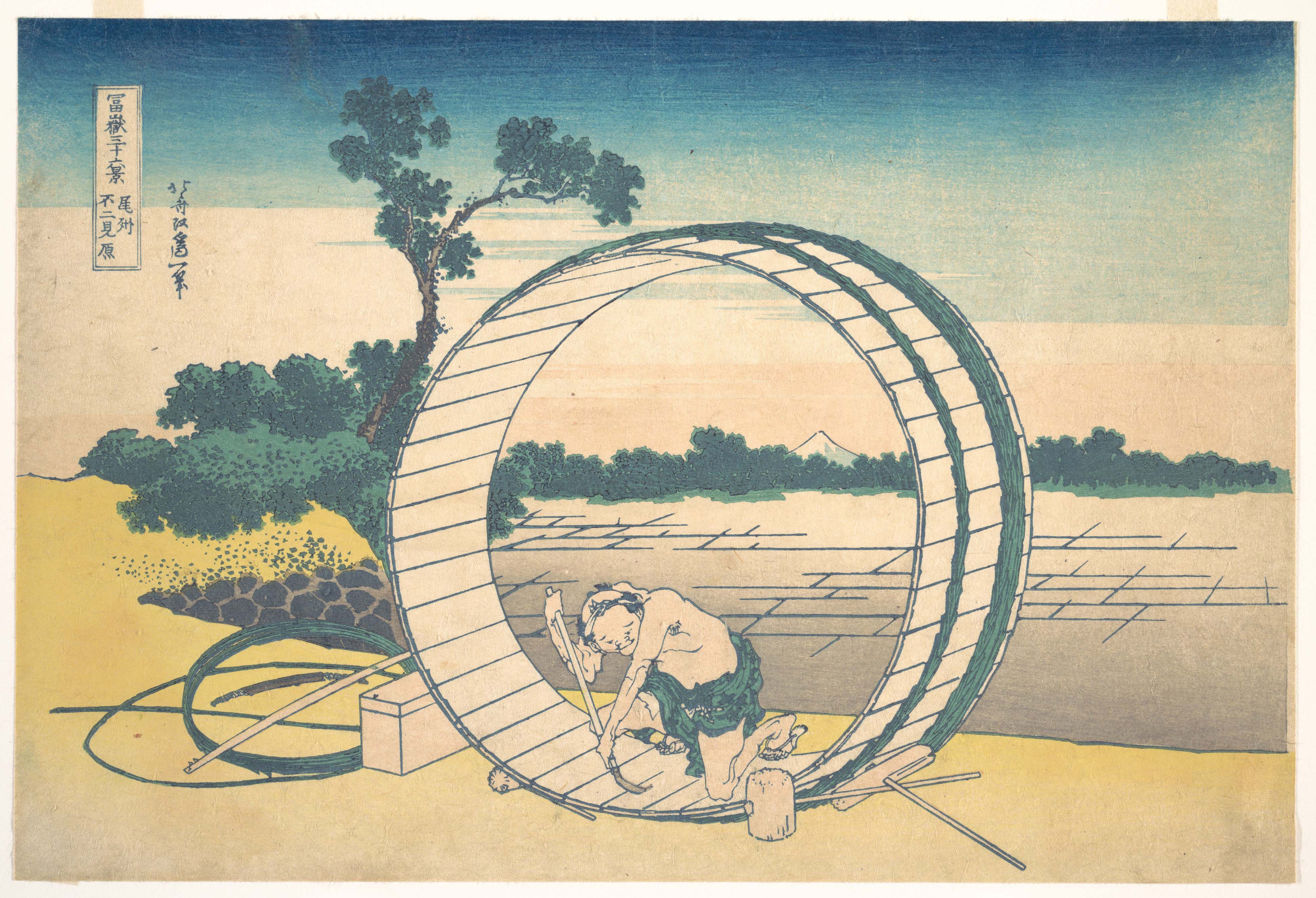
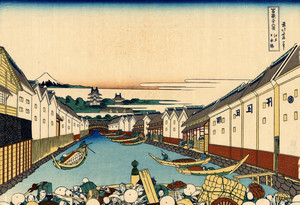
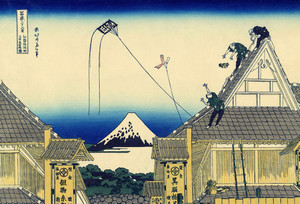
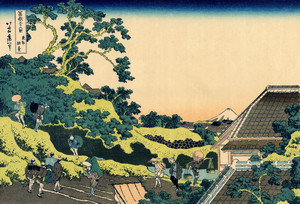
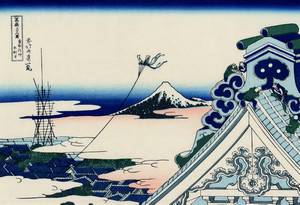
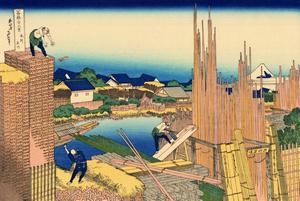
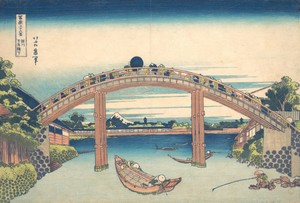
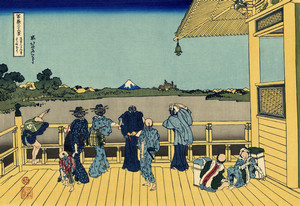
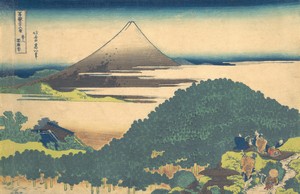
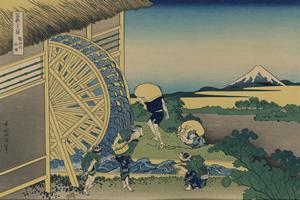
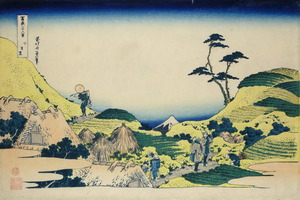
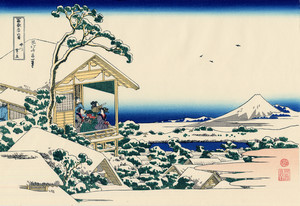
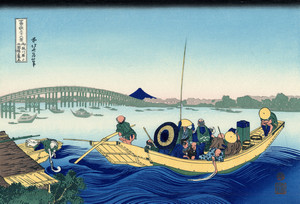
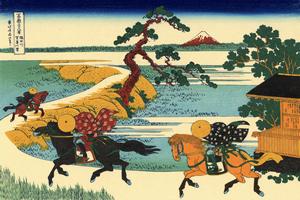
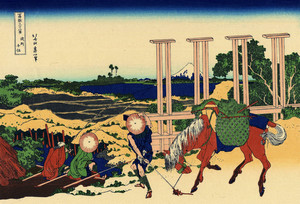
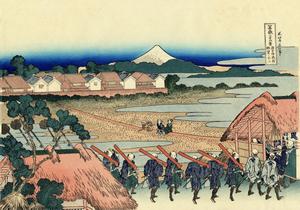
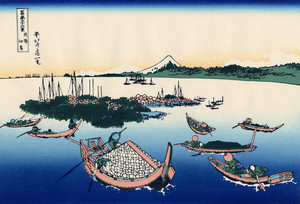
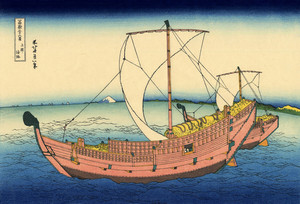
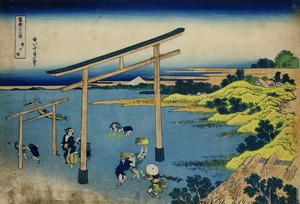
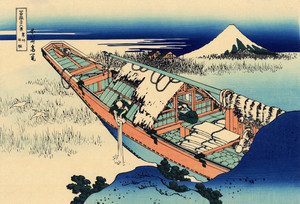
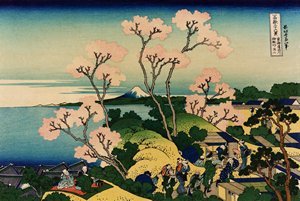
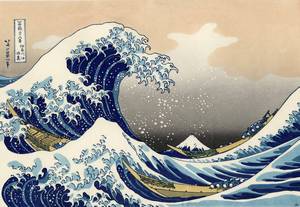
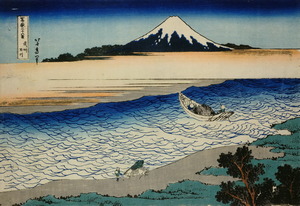
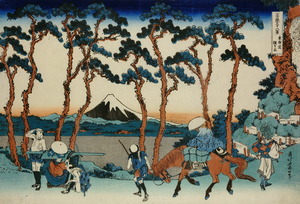
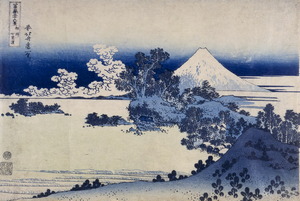
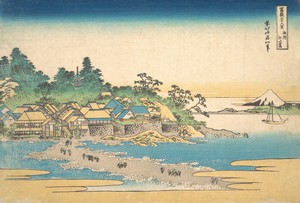
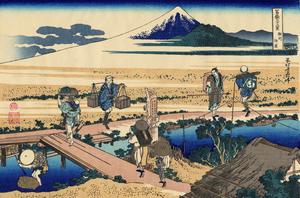
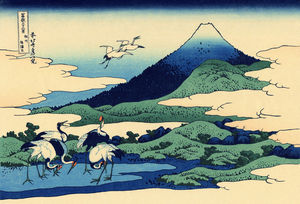
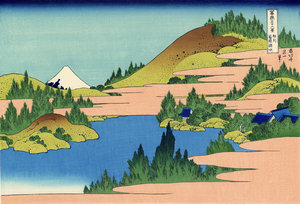
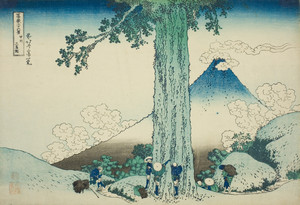
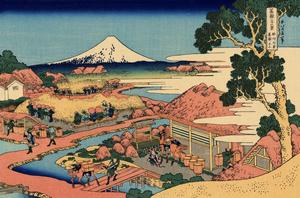
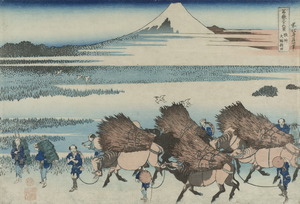
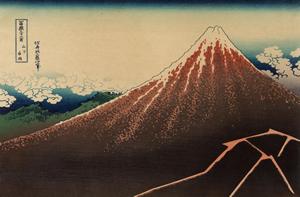
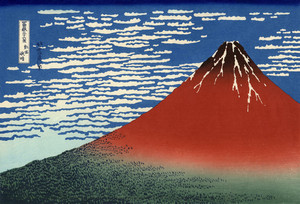
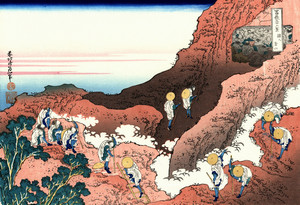
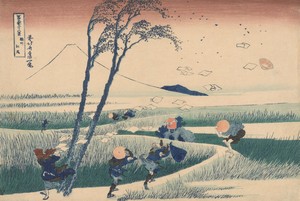
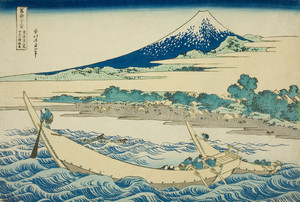
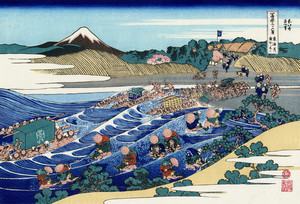
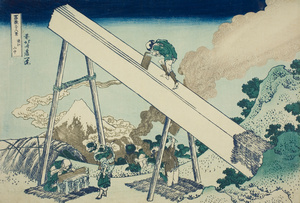
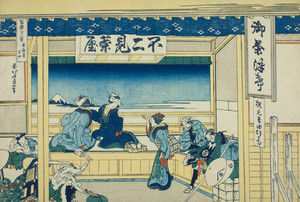
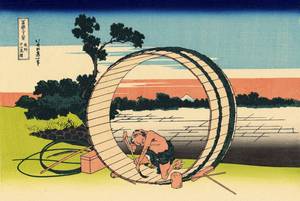
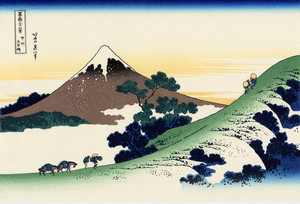
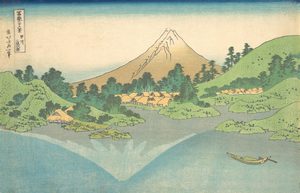
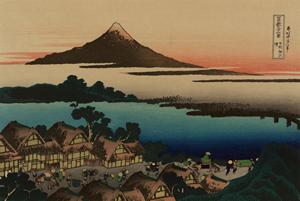
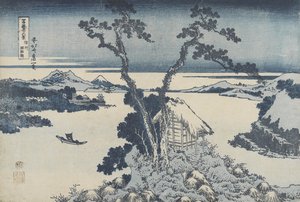
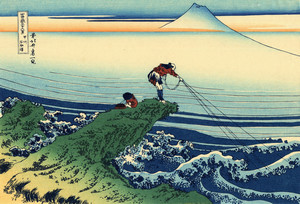
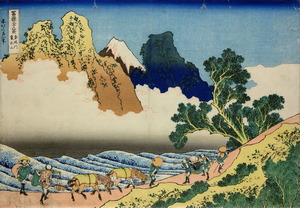





Комментарии
Добавить комментарий